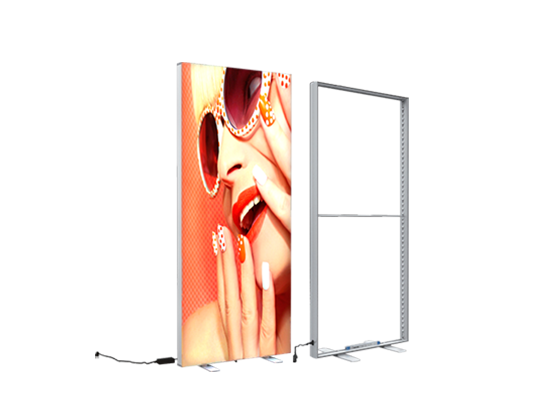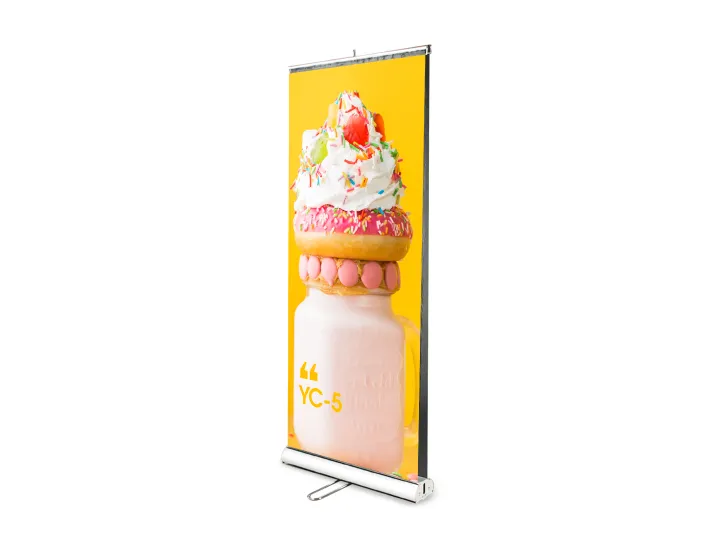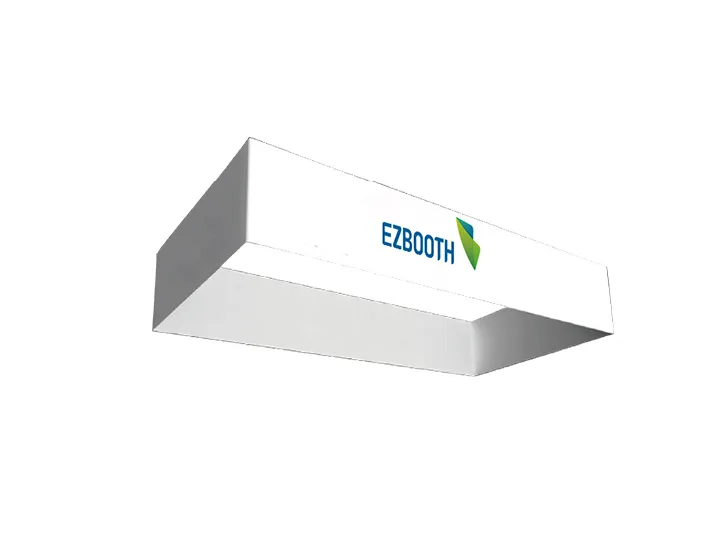Light is a fundamental element of our daily lives, providing illumination and enhancing the ambiance of our surroundings. It refers to electromagnetic radiation that is visible to the human eye. Light has numerous advantages and applications across various industries and environments.
One of the key advantages of light is its ability to brighten and illuminate spaces, enabling us to see and perform tasks efficiently. It also has a significant impact on our mood and well-being, with the right lighting creating a comfortable and inviting atmosphere. Additionally, light can be used creatively to highlight architectural features, artwork, or products, adding a touch of elegance and visual appeal.
Light exhibits several characteristics that contribute to its versatility. It can vary in color temperature, ranging from warm yellow tones to cool blue tones, allowing for different lighting effects and moods. Moreover, light can be dimmed or intensified, providing flexibility in adjusting the level of brightness to suit specific needs. LED lights, in particular, are energy-efficient, long-lasting, and environmentally friendly, making them a popular choice for both residential and commercial applications.
Lights are available in various sizes to accommodate different requirements. Common sizes include small bulbs for decorative purposes, standard-sized bulbs for everyday lighting needs, and larger fixtures for area lighting or specialty applications. The size of the light depends on factors such as the intended area of coverage, the desired brightness level, and the specific purpose.
Installing and using light fixtures can vary depending on the type and purpose. For standard bulbs, installation usually involves screwing or inserting the bulb into a compatible socket or fixture. However, for larger light fixtures or specialized lighting systems, professional installation may be required to ensure safety and optimal performance. It's important to consult the manufacturer's instructions or seek professional assistance when installing and using lights to ensure proper functionality and avoid any potential hazards.
In conclusion, light plays a crucial role in our daily lives, providing illumination, enhancing aesthetics, and influencing our overall experience in different spaces. With its various advantages and versatile characteristics, light finds applications in residential, commercial, and industrial settings. By understanding the different sizes, types, and installation methods, one can harness the power of light to create functional, visually pleasing environments.



 marketing@hawkdisplay.com
marketing@hawkdisplay.com















